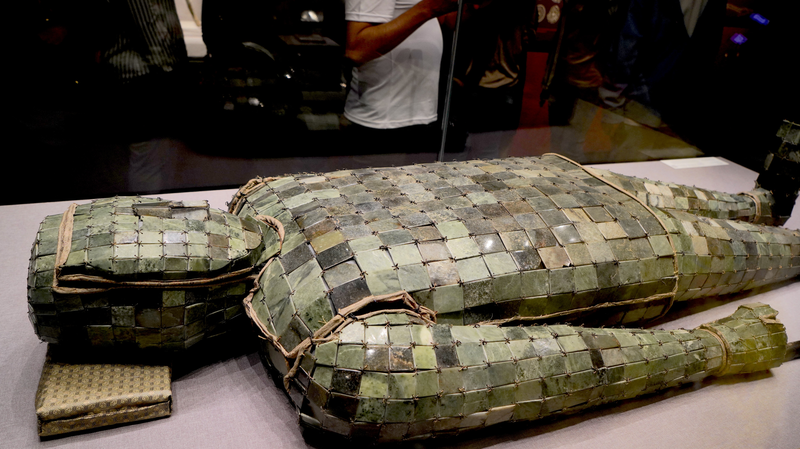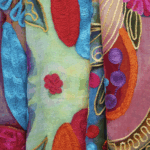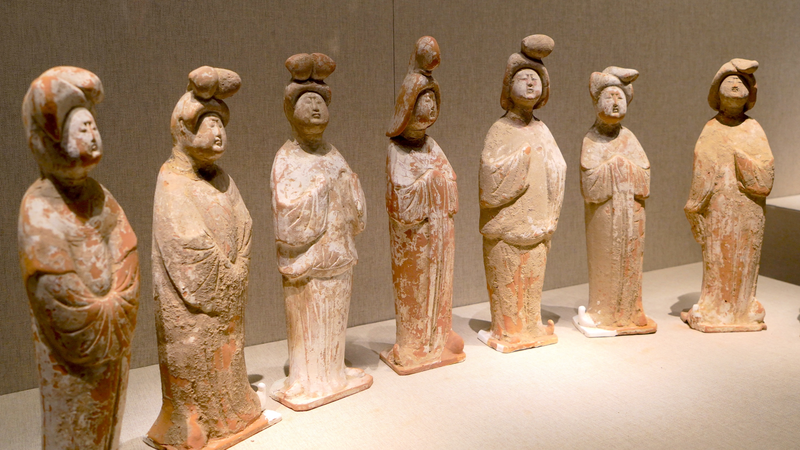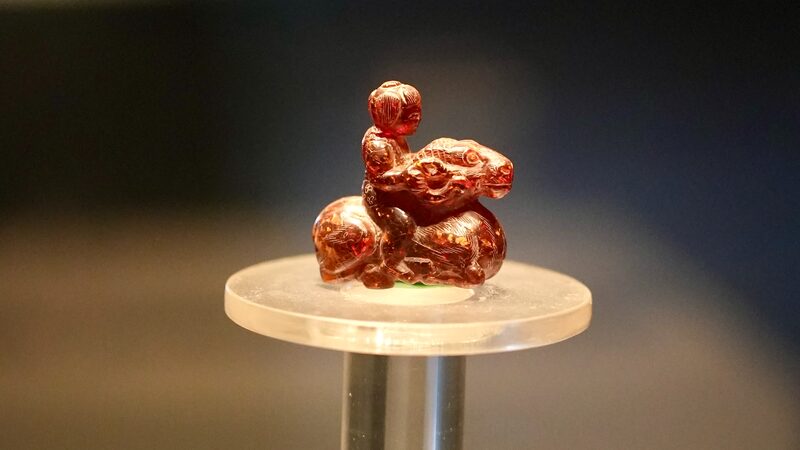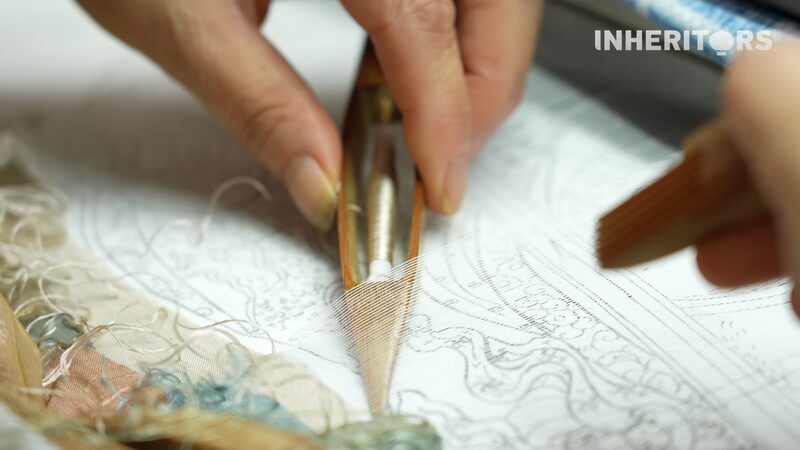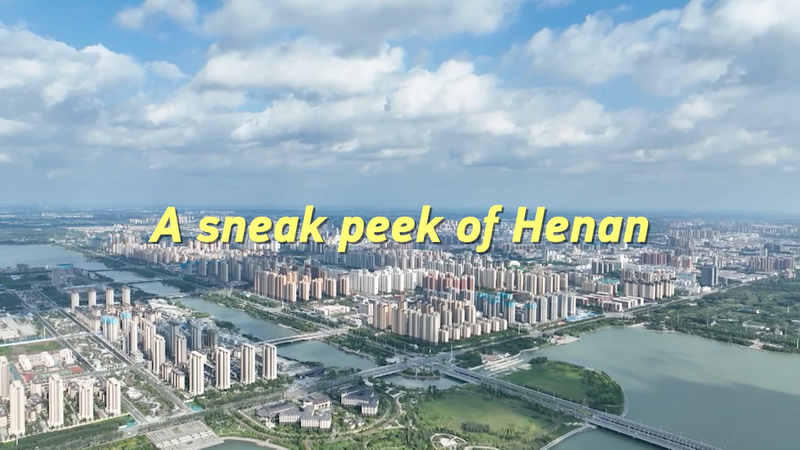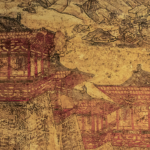A stunning jade burial suit, dating back to the Han Dynasty (202 BC–220 AD), has been unearthed in Henan, offering a shiny glimpse into ancient China's social structure. 💎 The discovery highlights how jade—a symbol of purity and immortality—was reserved for the elite, reflecting rigid class divisions of the time.
🔍 Archaeologists say these suits, painstakingly crafted with hundreds of jade pieces linked by gold or silk threads, were exclusively for emperors and high-ranking nobles. Think of it as the ultimate VIP afterlife fit—no streetwear here! The Han era marked a 'jade golden age,' where burial rituals mirrored one's status like a LinkedIn profile carved in stone.
- Why jade? Ancient Chinese believed it preserved the body and soul, blending spiritual beliefs with social theater.
- Each suit took years to create, mixing artistry with a clear message: 'This tomb belongs to someone *important*.'
- Hierarchy on display: Designs varied by rank—emperors got gold thread, nobles silver or bronze. 👑
For history buffs and culture enthusiasts, this find is a 🕵️♂️ time capsule. It not only deepens our understanding of Han traditions but also sparks conversations about how ancient values shape modern East Asian societies. Stay tuned for more updates as researchers decode this bling from the past!
Reference(s):
Jade burial suit unearthed in Henan reflects ancient hierarchy
cgtn.com
